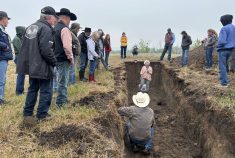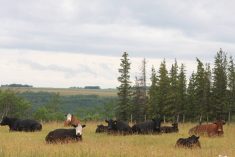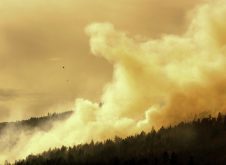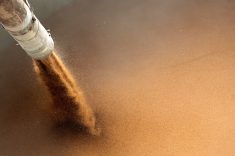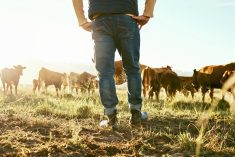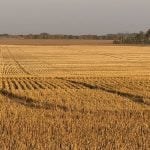“Tradition can be a hard master.”
It’s a comment that I’ve been chewing on for weeks since hearing it. I do, after all, work for a print magazine, which is caught in a great wave of change. We’re trying our best to maintain the print magazine’s quality while also launching new things — recent examples such as our Herd Health and Calf Central landing pages available at the Canadian Cattlemen website.
It’s a dichotomy I suspect many of our readers face. A typical day on a Canadian farm or ranch might include checking cattle with a drone or moving electric fencing, and one day soon it might include tech powered by artificial intelligence. But the same operation might deploy horses and riders, and perhaps even a good stock dog, to bring the cow herd home for the winter. You can see it reflected in the contents of our November issue of the magazine, with stories on everything from embryo transplants to combining traditional and new approaches to diagnose bovine respiratory disease. And while cover cropping might be a new practice to many farms and ranches, it’s an old concept.
Read Also
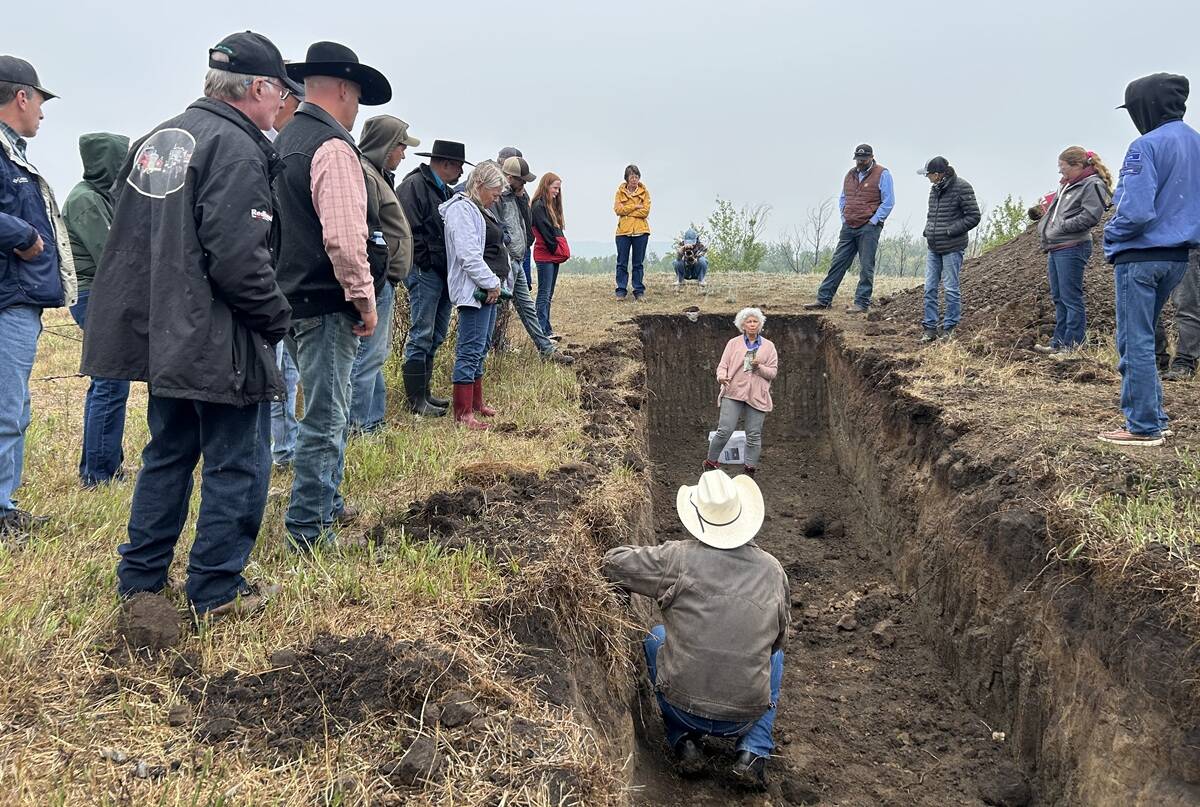
Improving soil health on the ranch
Yamily Zavala, PhD, talks soil health for farmers and ranchers at a grazing club field day at Paradise Hill, Saskatchewan.
I’m sure it’s true that tradition can be hard to abide by. But so can change. The question for both is, who does this tradition, or change, serve? Does it serve us, somebody else, or nobody at all? The followup is, what are our options? And if we do try to change, what happens if we fail? Kelly Sidoryk has some thoughts on how we can not only survive failure, but learn from it and improve, in her Depth of Field column in our November issue.
Perhaps people of every generation think they’re the first to face massive change, but, of course, this isn’t true at all. In the last days of September, I joined a media tour in the Rosetown, Sask. area, that covered a huge swath of local history. The Ancient Echoes Interpretive Centre in Herschel documents some of the changes the land has seen, from a time when it was covered by salt water, to the reign of the Plains grizzly. We were also fortunate to get a quick guided tour from Jodie Mirosovski and Dave Saville to an interesting site, now in a cow pasture. It features a buffalo jump, many teepee rings and a “turtle island” rock creation. The highlight was a large boulder, with cupolas, lines and bison hoofprints carved into it. Imagine how much time and effort that would have taken, pre-power tools. It was obviously very important to the people who created it. The boulder, viewed from the right angle, looks like a bison emerging from the hill, and offerings have been found buried in the soil at its base. It is now, again, a site for Indigenous ceremonies, and so it feels like that circle has closed, in some way, as people have reclaimed a bit of their tradition.

Next in the historical timeline was the Rosetown and District Museum, which housed everything from a homesteader house (recreated within the museum, complete with a grandfather clock that missed its ride on the Titanic, and so was shipped over on the Olympic) to old hand tools and pharmaceuticals. Mary Lafayette and Ron Gawletz showed us around. Outside the actual museum, but on the same site, were historical buildings such as an old jail, schoolhouse, church, etc. Looking at the rules for female teachers in 1914, I am glad we have abandoned some traditions, such as telling young women they can- not wear bright colours or loiter in ice cream stores (how strange). But I also appreciate the dedication of those early teachers, and the determination of these communities to make sure their kids got educated. That is a legacy to take pride in.

If you want to see a community navigating long-held traditions and change, visit a Hutterite colony. We were fortunate to tour the Rosetown Hutterite Colony. I appreciated our guide, Joe Kleinsasser, for his hospitality and his willingness to answer all kinds of questions. A couple of things I learned that day about their traditions: Hutterites are pioneers of what we now call daycare, and they use the Luther bible, so they must learn German. That’s in addition to their Austrian dialect, plus English.
We also visited Don Campbell and Brett Sinclair at Western Sales, which sells John Deere equipment but also offers agronomic advice. They’re doing interesting things such as mounting soil testing devices to field equipment (combines, sprayers), to efficiently get the information they need for fertilizer prescriptions and other precision ag stuff. Campbell, an agronomist, said “There’s no easy button” at least two or three times during our time there. But he also mentioned that they’ve done some work showing that farms that incorporate trials and learn from them see financial gains. Someone on the tour compared it to moneyball for farmers. My very basic understanding of moneyball is that it’s about using metrics that work instead of relying on what’s been done before (I am not a baseball follower, though).
That day in the pasture near the buffalo jump, Mirosovski pointed out an old wagon trail that goes to Empress, Alta. Before it was a wagon trail, it was a walking trail, she told us. Such a journey must have been risky. Where would people find water? What would they do if they were ambushed by a grizzly?
Still, I had a sudden urge to find a horse, saddle up and follow it, just as one of my ancestors was inclined to do. Canada has often been characterized as being a “young” country, but that’s not true. The land holds our history, and sometimes it reveals the habits and traditions of generations past and how they evolved.
Thank you to Kevin and Marlene Hursh for organizing the tour for the Saskatchewan Farm Writers’ Association, as well as all the people around Rosetown who gave us their time on a Saturday.




